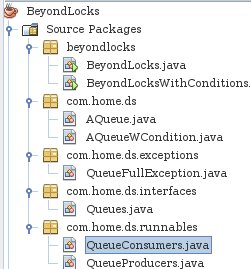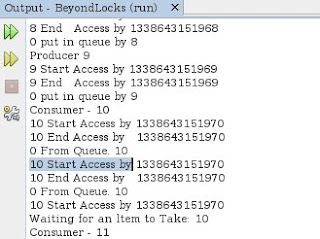Synchronized keyword is frequently used in Java. But, Synchronized cannot provide a method for threads to signal one another of conditions that others may be waiting on. Another thing is that synchronized does not act on a fairness policy. A thread that is starved for quite some time need not get access over others. i.e the fact that you have been waiting for some time may not be considered.
An example for conditions is availability of elements in a shared data structure queue. Such a facility is provided by java.util.concurrent.locks.Condition. This allows threads to wait for a condition on a lock and relinquish the lock so that, other threads can full fill the condition that is needed for the waiting threads to continue. This logic can be programmed using locks but, Condition provides this off the shelf. Once the lock is acquired thread waits for the condition mandatory for it to continue. When the condition is true it continues.
Fairness policy is allowed by a Reentrant lock where the thread waiting for quite sometime will get access.
The intriguing part of threading in Java is that, the time (in ms) between a consumer / producer is able to regain access to a shared data structure is the same with Condition as it is without Condition.
Example: Producers & consumers waiting on a lock & its condition. Both share a common queue where the producers put in integers for the consumers to take, contending for the queue access at the same time.
Code Structure
Code with Synchronized keyword.
Condition creation code.
Code with Condition.
The consumer comes back on receiving the signal





